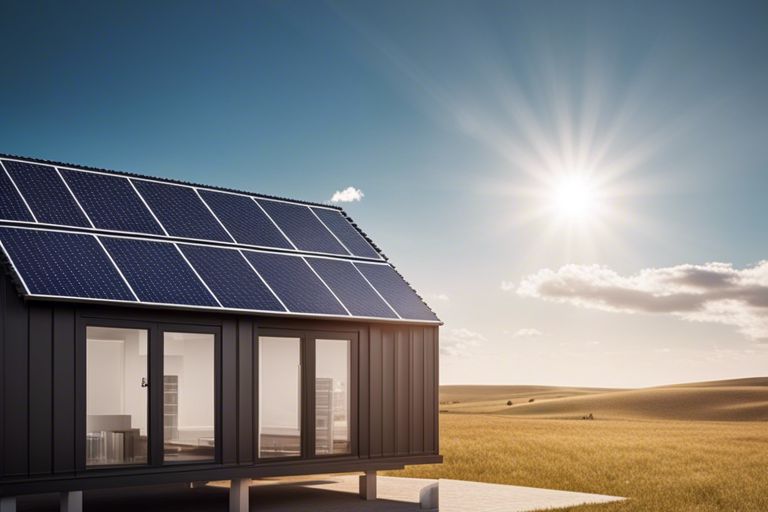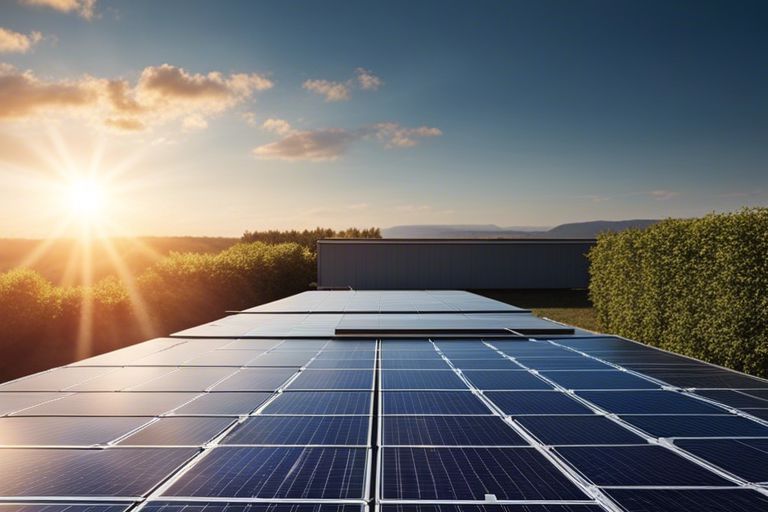Can we run AC with solar power
Cooling efficiency is crucial when considering running your AC with solar power. By harnessing the power of the sun, you can effectively cool down your space without relying entirely on
Energy for A Greener Future
Solar power

Cooling efficiency is crucial when considering running your AC with solar power. By harnessing the power of the sun, you can effectively cool down your space without relying entirely on

Most homeowners are curious about the size of a solar system needed to power their house efficiently. In this informative guide, you will learn about the factors that determine the

There’s a growing interest in harnessing solar power for everyday appliances like refrigerators. In this informative post, you’ll discover how solar power can be used to run a fridge efficiently.

Overwhelmed by the idea of investing in a solar roof? Whether you’re considering going green or simply looking to save on your energy bills, the decision to install a solar

Power generation from your solar panels doesn’t just stop when your batteries are full. Instead, the excess energy your solar panels produce gets redirected back into the grid, ensuring that